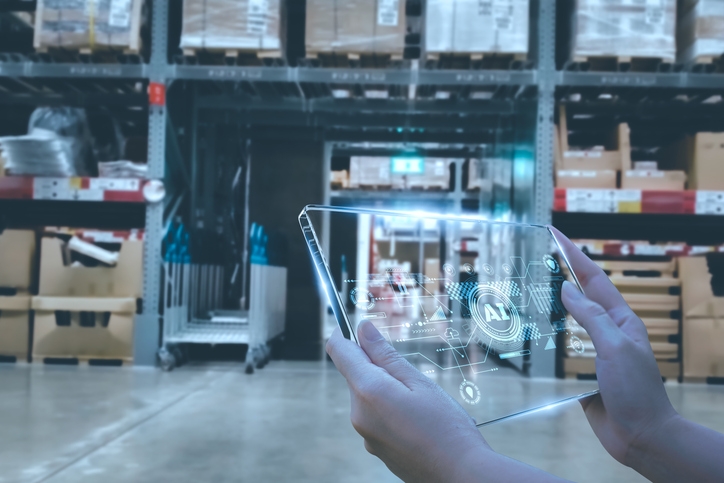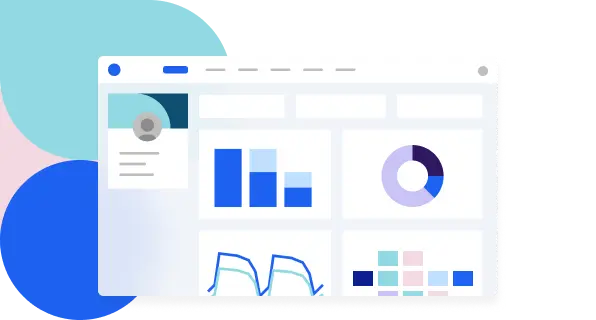Big Event? No Problem. 10 Event Logistics Strategies That Scale
Discover essential tips for mastering large-scale event logistics, ensuring smooth operations and success. Read the article to elevate your planning skills.
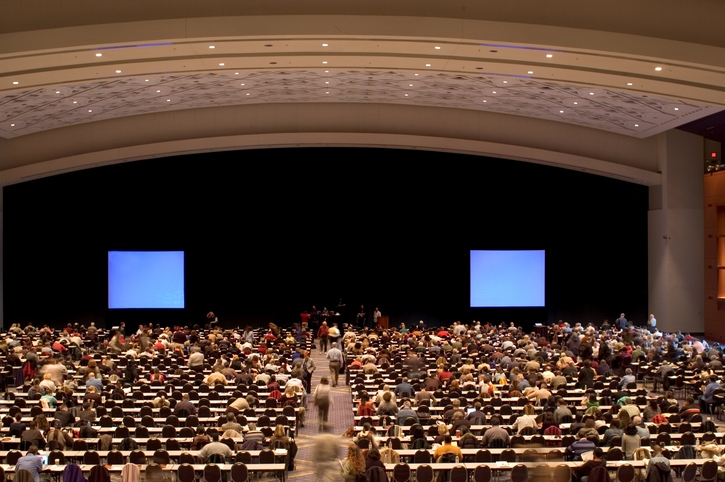
Introduction: The Unique Challenge of Large-Scale Event Logistics
Managing logistics for large-scale events is not just about doing more—it's about doing it smarter. The sheer number of moving parts, from managing thousands of attendees and multiple stakeholders to coordinating vendors, equipment, security, and technology, requires meticulous planning, expert coordination, and failproof communication.
Below, we have shared industry best practices to guide you through a comprehensive logistics strategy designed for large-scale success.
10 Event Logistics Strategies for Large-Scale Events
1. Build a Logistics Plan That Supports Event Success
Your logistics plan is your event’s blueprint. It should be strategic, execution-focused, and easy for your entire team to follow.
Key Elements to Include:
- Event Goals & Metrics
Define what success looks like (e.g., ticket sales, engagement, lead capture) and set clear metrics to track key performance. - Audience & Format
Know your attendees. Plan differently for in-person, hybrid, or virtual events. Each has unique logistics needs. For more insights, see corporate event planning tips. - Break it Down by Zones & Roles
Organize by areas (main stage, catering, check-in) and assign owners. This helps ensure the entire event runs smoothly. - Centralize Planning with Tools
Use an event logistics platform (like Azavista) to manage documents, deadlines, and responsibilities in one place. - Detailed Timeline + Communication Plan
Schedule every milestone—vendor bookings, promotions, speaker briefings, tech setup. Ensure day-of communication flows seamlessly.
Tip: Use a logistics planning template and assign checkpoints to keep everyone aligned throughout the event planning process.
2. Choose the Right Venue and Scalable Partners
Your venue selection and vendors directly impact attendee experience and your ability to scale.
What to Look For:
- Venue Capacity & Fit
Ensure your event venue can handle your expected crowd, tech needs, and session types (e.g., breakout sessions, workshops). - Scalable Vendors
Pick partners who’ve handled large-scale event planning before—especially for catering services, AV, and security. - Perform Site Visits
Test Wi-Fi, power, access points, and event flow. Make sure the layout supports your event schedule and zoning needs. - Clarify Expectations Early
Set vendor timelines, deliverables, and contacts. Clear expectations = better event execution. - Align Venue with Format
For hybrid or international events, prioritize infrastructure that supports streaming, multilingual signage, and tech setup.
Tip: Treat vendors as an extension of your team. Loop them into the planning process early for better logistics coordination.
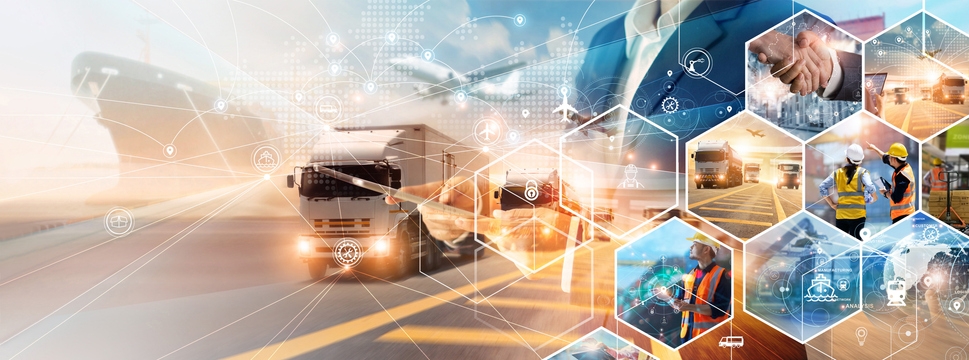
3. Build a Multi-Phase Event Planning Timeline
To manage the intricate web of large-scale logistics, break your planning into phases—each with defined goals, owners, and deadlines. This structure keeps your event organizers, vendors, and team members aligned and ensures nothing slips through the cracks.
Phases to Include:
- Planning Phase:
Confirm your event budget, choose your venue, and finalize your event objectives. Begin vendor coordination early. - Pre-Event Phase:
Schedule tasks like guest speaker onboarding, content reviews, event marketing, and ticket launches. Integrate technology solutions and confirm your venue choice. - On-Site Phase:
Map out day of communication plans, equipment delivery, check-in flow, signage, and setup for hybrid events if applicable. - Post-Event Phase:
Focus on breakdown, follow-up emails, and data collection to track key metrics like engagement, leads, and ROI.
Execution Tip: Use a Gantt chart or event planning software to track dependencies, team bandwidth, and time-sensitive deliverables. This ensures your event logistics planning stays organized across every stage—whether it’s a main event or a full multi-day conference.
4. Assign Clear Roles and Communication Channels
In successful event planning, confusion kills momentum. Clarity on roles and communication helps your entire team work as one—especially during the actual event.
Steps to Execute:
- Define Roles by Function:
Assign owners for each logistical area: crowd control, check-in, AV setup, catering, sponsor flow, etc. Everyone should know their responsibility on event day. - Set Expectations & SOPs:
Clearly document how you are going to organize your staff.. This helps align with logistics expectations and reduces last-minute surprises. - Create Real-Time Communication Channels:
Use tools like Slack, WhatsApp, or a centralized event management app to maintain clear communication among teams, vendors, and volunteers. - Train for Consistency:
Conduct customer service training to prep staff for attendee queries, tech hiccups, and directional help. A trained team improves the event experience. - Loop in Vendors Early:
Keep your vendor management tight by sharing timelines and comms protocols. Everyone should be on the same page, especially during setup and on-site management.
Tip: Assign a logistics lead per zone (e.g., lobby, registration, breakout, dining) for better logistical planning. Having go-to people ensures smoother coordination, even during high-pressure moments.

5. Optimize the Registration Process and Attendee Flow
The registration process is the first touchpoint of your event—and the smoother it is, the better your attendee experience. A poor check-in can bottleneck your entire in-person event, here are some event check-in tips to set the tone for professionalism and efficiency.
Key Tips to Execute:
- Use Event Management Software
Automate badge generation, enable smart check-in with QR codes, and track attendance in real time. This not only accelerates entry but helps in tracking progress and understanding traffic surges at peak hours. - Design a Clear Attendee Flow
Map entrance points, wayfinding signage, and help desks. Use floor decals or digital displays to guide attendees from check-in to their first session or networking area. - Offer a Mobile-First Experience
Your event app should handle registration confirmation, agenda access, and venue maps. Include push notifications to nudge attendees toward upcoming sessions or promotional activities. - Support Last-Minute Walk-ins
Ensure your onsite system can handle unregistered guests or ticket upgrades with minimal delay.
Smart Move: Use registration insights to identify your unique selling point—e.g., which entry method worked fastest, or which booths drew immediate crowds—and feed that into your promotional strategy for your next event.
6. Streamline Transportation and Accommodation
Managing movement and lodging becomes a logistical puzzle in large-scale event planning, especially when VIP speakers, sponsors, and international guests are involved.
How to Keep it Smooth:
- Arrange Group Transfers Early
Book airport pickups, inter-hotel transfers, and local transportation for guest speakers and high-profile attendees. Add signage and a point-of-contact at key transit points. - Provide Shuttles for Multi-Venue Events
If your next large scale event spans multiple locations, offer scheduled shuttles with clear pickup/drop-off info. Consider peak time planning (like post-main session exits). - Centralize Booking Info
Offer attendees hotel booking links or codes within your event website or app, preferably with maps and proximity info to the venue. - Use Tech for Real-Time Updates
Push live updates about shuttle delays or location changes via SMS or app alerts to reduce frustration and improve the in-person event experience.
Tip: Include transportation and lodging info as part of your event planners' internal brief and attendee prep packs. This level of careful planning makes your event feel professional and polished.
7. Leverage Event Technology for Real-Time Control
When you're hosting hundreds (or thousands) of people, you need more than manpower. Technology integration empowers your entire team to monitor, adapt, and improve the experience as the event unfolds.
How to Do It:
- Use RFID or QR Codes
These tools allow for real-time access control, session tracking, and better engagement metrics collection—giving planners a clear view of what’s working. - Live Stream with Smart Integrations
Stream keynotes or breakout sessions for hybrid audiences using platforms that support live Q&A, polling, and analytics. - Track Movement and Engagement
Use session check-ins and booth visit data to see which areas attract the most attention. This supports both tracking progress and informing sponsors with post-event reports. - Enable Instant Pivots
If one session is under-attended or a room is overcrowded, send live updates, shift resources, or promote alternative sessions—keeping the event flow intact.
Expert Tip: Showcase your use of real-time tech as part of your event’s unique selling point—especially useful for promotional activities and future sponsor pitches.
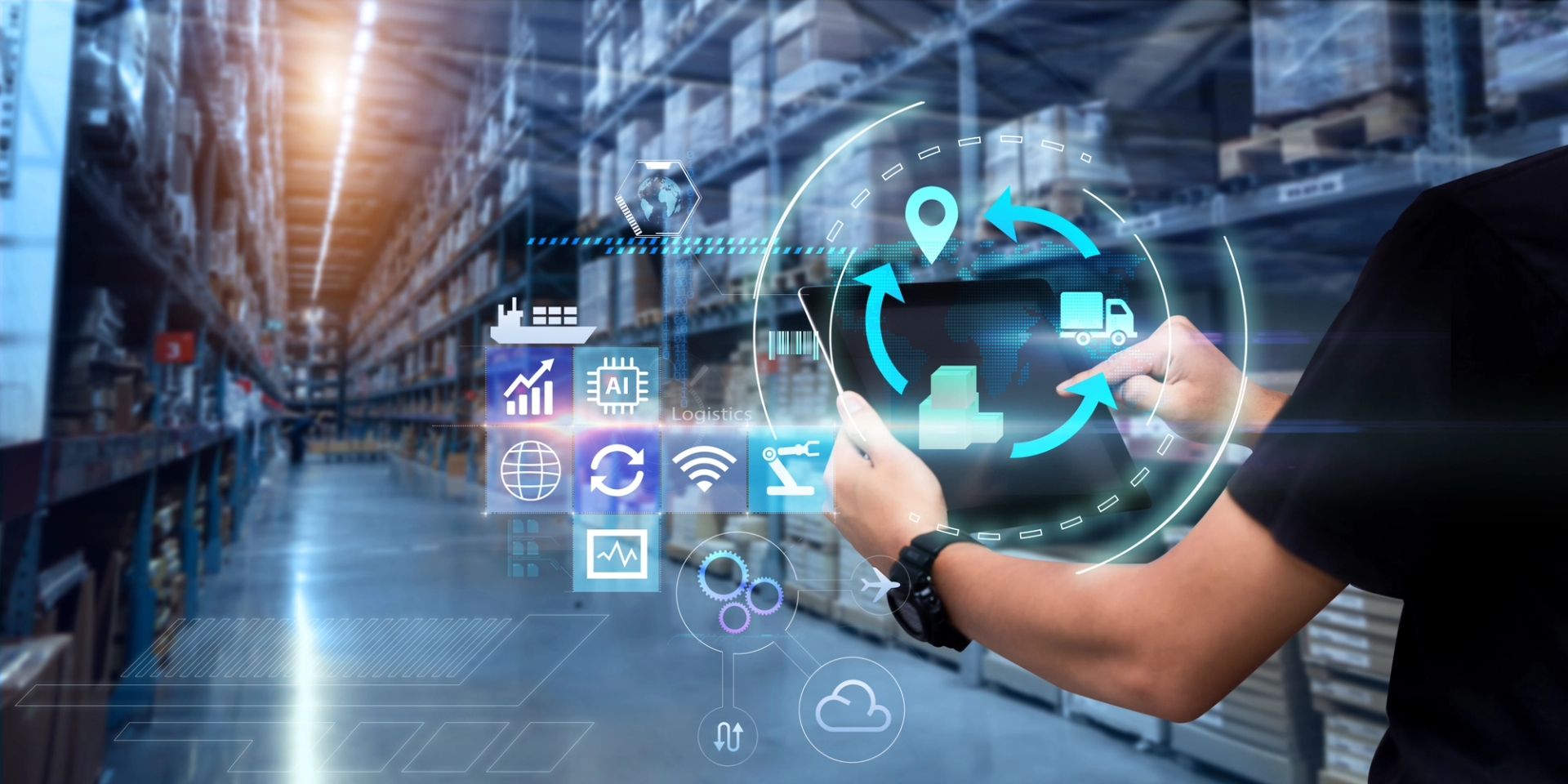
8. Plan for Contingencies Like a Pro
Even the most detailed event logistics planning can unravel if you don’t have strong contingency planning in place. Whether it’s a no-show vendor, unexpected tech failures, or sudden crowd surges, the ability to pivot calmly can make or break your event day.
What to Do:
- Develop a Detailed Contingency Document
Include action plans for different emergency scenarios—backup speakers, medical incidents, venue evacuation, lost items, power outages, or delays in catering. - Create a Rapid Response Team
Assign team members to different categories of emergencies. Include their roles in your day of communication plan. - Run Simulation Drills
Conduct mock exercises with your event organizers, volunteers, and staff to test readiness before the actual event begins. - Checklist Essentials
- Spare A/V and power equipment
- Alternative vendor contact list
- Emergency medical access points
- Backup credentials for tech platforms
- Extra signage or barricades for re-routing crowds
Expert Insight: Your ability to manage disruptions often determines whether people will trust you for future events—so make sure your logistical planning accounts for the unexpected.
9. Create Memorable, Multi-Zone Event Experiences
For a large-scale in-person event, one keynote stage isn’t enough. Attendees want space to network, relax, recharge, and engage at their own pace. A well-zoned venue helps personalize the experience while supporting better crowd management.
How to Structure Your Space:
- Design Functional Zones
Include spaces for:- Sponsor booths
- Recharge stations with seating and charging points
- Interactive areas for tech demos or product trials
- Branded lounges for casual networking
- Food and beverage areas away from session halls
- Foster Serendipitous Engagement
Create shared spaces where attendees can bump into each other—coffee lounges, gamification stations, or even branded selfie spots. - Leverage Sensory Design
Use lighting, scents, soundtracks, and projection mapping to make each zone feel immersive and aligned with your promotional strategy.
Tip for Event Planners: Zones not only help with on-site management but also serve as highlights for your event marketing material. Capture photos and testimonials from each area to use in promoting your next event.
10. Post-Event Analysis: Learn and Improve
Once the crowd is gone and the booths are packed up, your real work begins. A smart post-event review helps you strengthen your logistics planning, fine-tune vendor coordination, and enhance the overall experience for your future events.
Steps to Take:
- Collect Multi-Stakeholder Feedback
Use surveys, interviews, or mobile polls to get input from:- Attendees
- Sponsors
- Guest speakers
- Volunteers and team members
- Vendors
- Analyze Engagement and Operational KPIs
Track key metrics like:For practical ways to enhance engagement, see these strategies for events.- App usage and session check-ins
- NPS and attendee satisfaction
- Exhibitor ROI and footfall
- Success of technology integration
- Document Learnings and Gaps
What went wrong? What exceeded expectations? Archive all findings into a shared drive or playbook.
Pro Tip: Turn these insights into a quarterly or annual “Lessons Learned” doc for your team. It becomes a reference point for the next large scale event and helps refine logistics expectations, vendor selection, and the overall promotional strategy.
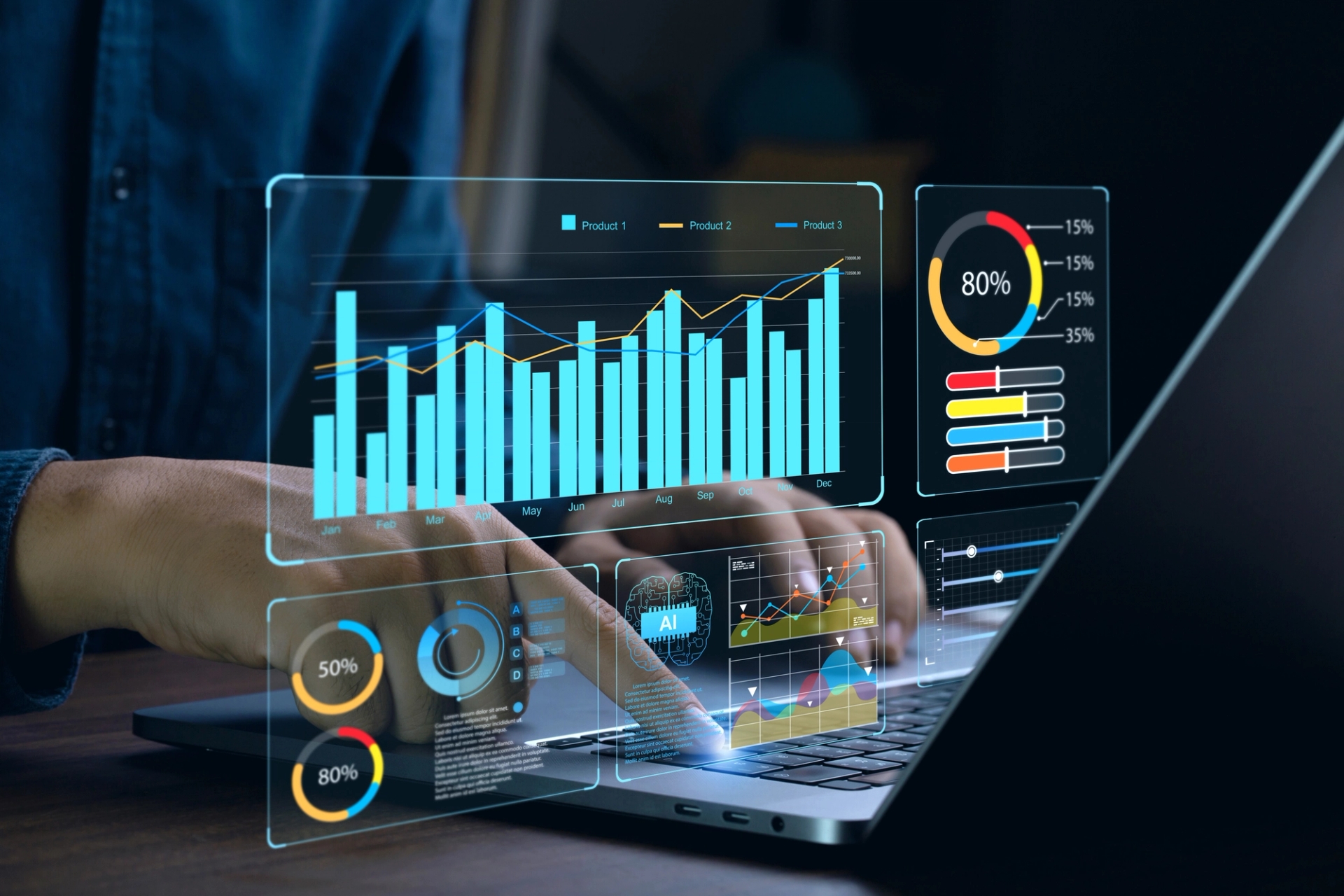
Conclusion: Large-Scale Logistics Require Expert Precision
Large-scale events succeed when every stakeholder—from speakers to attendees to sponsors—feels supported, informed, and engaged. With the right tools, streamlined processes, and a proactive team, you can transform even the most complex event into a flawless execution.
Azavista’s platform is built to simplify the chaos—centralizing everything from task management to vendor communication, live tracking, and reporting.
👉 Ready to scale up your event logistics? Explore Azavista and manage large-scale event complexity with confidence
More Event Management
